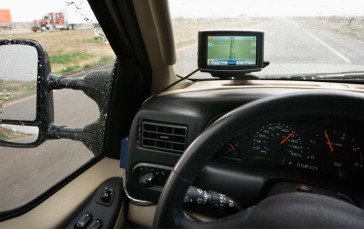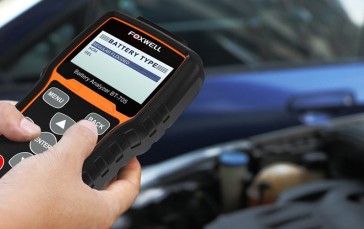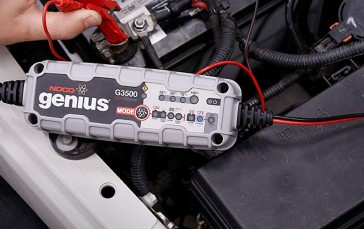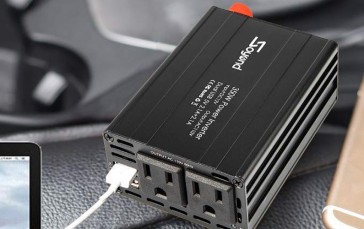Electric Car Charging
Many people know about electric cars or, at the very least, are intrigued by them, with the push to “Go Green” as much as possible to help our environment, especially when it comes to lower carbon emissions. As electric cars enjoy more popularity worldwide, more charging stations are being made available, especially in bigger cities.
There are many benefits to owning an electric car, with the main one being that you can charge your car at home. However, if you plan on taking a longer trip, it is advisable to ensure you know where electric car charging stations are located along your route. Even so, car lovers have been intrigued by electric cars since the first mention of them. The first electric car may have been made over a century ago, but it is only in the last few decades that they have really captivated the automotive industry.
Before you commit to buying an electric car, it’s a good idea to understand how electric car charging stations work.

1. How Do Electric Car Charging Stations Work?
Charging your electric car, or EV, is simple. If you have an all-electric EV, you obviously don’t have a gas tank. You simply connect your EV to an electrical power source. The electrical energy is stored in a battery, and you can basically drive around as long as the battery does not run out of this energy. You need to remember that not all batteries are the same, and neither is the type of charging station. You can charge an electric car at home as long as you install a home charging point in your garage or wherever else you park your car. Otherwise, you will need to know where the appropriate ESVE (electric vehicle supply equipment) is located.
2. Are All Electric Car Charging Stations the Same?
Not all electric car charging stations are the same. The types of EV chargers available are Level 1 Charging Stations, Level 2 Charging Stations, and DC Fast Chargers (often referred to as Level 3). The first thing to note is that all EVs come with a cable, much like digital devices, and all you need with these is an electrical outlet. These are very convenient and can be used with a standard 120-volt AC electrical outlet in the home. The downside is that Level 1 charging stations are also the slowest.
Level 2 charging stations work with 240-volt AC. The electrical supply in most homes can charge an EV, but you also have the option of using Level 2 public charging stations. Currently, all EVs in the US a Level 2 charging plug. Level 2 charging stations are a lot faster, but if you want one in your home, you will need to have this professionally wired and installed.
Level 3 or DC Fast Charging uses a direct current as opposed to alternating current. Charging is a lot faster, and the power is higher. Keep in mind that there are three different types of DC fast charging, and the one you use will depend on the type of electric car you have.
The three different types of DC Fast Charging stations currently available are:
- The Tesla Supercharger – Only available to owners of Tesla Cars
- CHAdeMO – The most commonly used charger that works with most cars
- CCS – Popular with automakers

3. Are Electric Car Charging Stations Free to Use?
The convenience of being able to charge your electric car at home instead of driving to a gas station to fill the tank is unbeatable. Once you have your charging point installed, the only cost involved is just the cost of the electricity you use.
It gets different when you use public charging stations. Some public charging stations are free of charge to use. Auto manufacturers such as Tesla and Nissan offer free charging but only at designated charging stations. Other charging stations may include a pay as you go or a subscription system. The prices generally depend on the kWh used, the network, or the property owner the charging station is situated on.
Even if you do need to pay to use a public charging station, it will still cost you considerably less than filling the tank at a gas station.
As electric cars become cheaper, more people are making the switch to EVs. Early EVs took a long time to charge, the cars were slow, and the distance you could travel on one charging wasn’t appealing to many car lovers.
Newer EVs perform a lot better than their predecessors, and they charge a lot faster. Best of all, you can travel hundreds of miles on a single charge. With the decline in fossil fuels’ popularity, more governments are also getting behind the push to switch all cars from gas to electric and offer rebates for those purchasing EVs. It’s only a matter of time before everyone is driving an EV, and we’ll find electric car charging stations on every street corner.
Sources:
- Electric Cars Better For Climate In 95 Percent Of The World – Intelligent Mobility Xperience
- Do All Electric Cars Use The Same ‘Universal’ Plugs And Chargers? – GetGreenNow
- Electric Car Charging Overview – DriveClean










